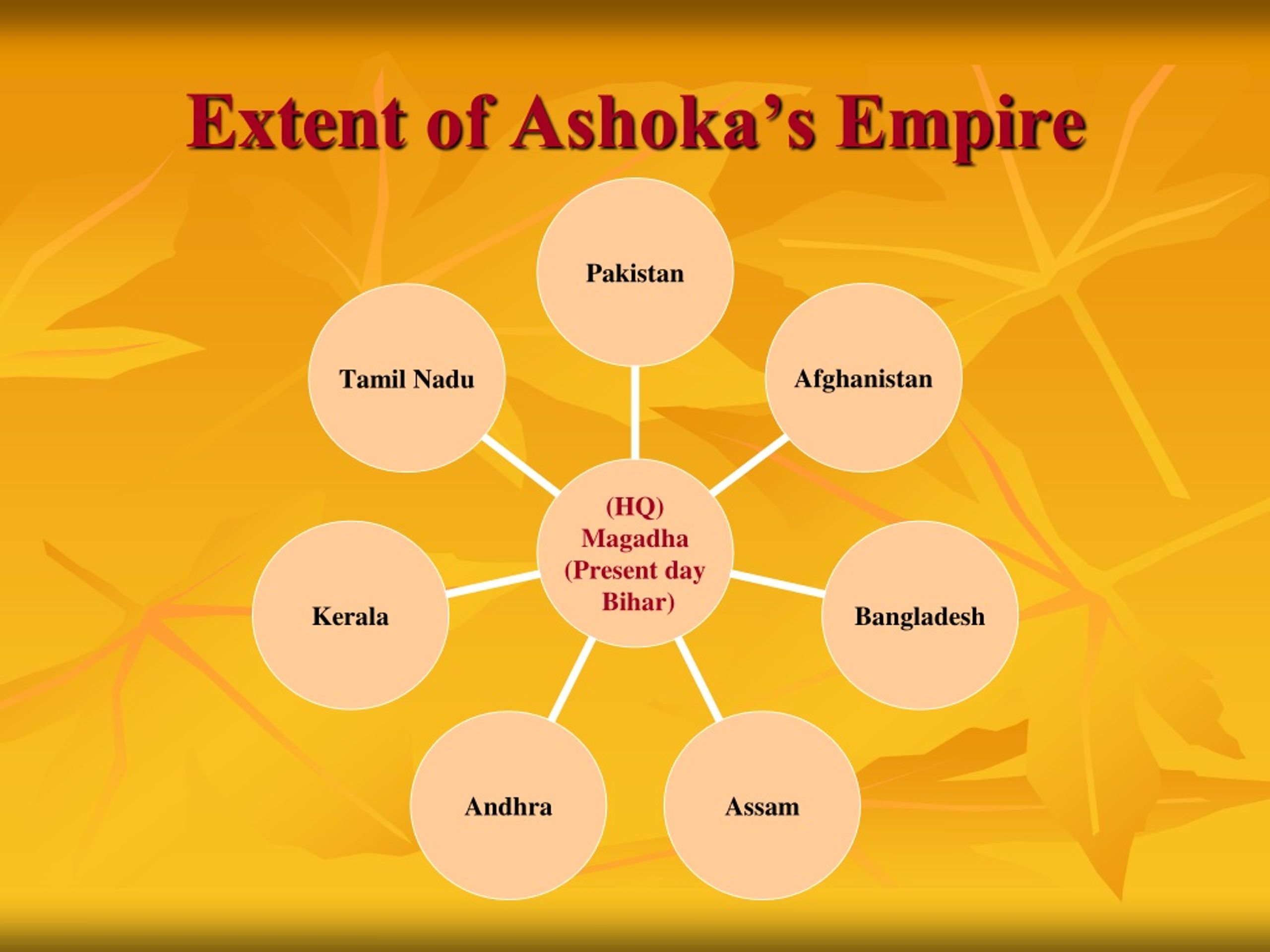Webashoka, who is often referred to as ashoka the great by the historians, was the third emperor of the maurya dynasty in india. He reigned from approximately 268 to. Webaccording to ashoka's edicts, he conquered kalinga in his eighth regnal year (about 260 bce) after a bloody battle, and the devastation the battle produced. Webashoka’s pillar crowned with four lions facing the four points of the compass and denoting the peaceful coexistence of dharma would become free india’s national symbol—a. Webhis reign as the emperor of the mauryan dynasty marks a significant epoch in the historical and cultural fabric of india. This article delves into the life of ashoka, his. Webashoka, commonly known as ashoka the great, was the third emperor of the maurya empire, a powerful ancient indian kingdom that occupied large parts of the. Webashoka the great (r. Webashoka’s edicts are a series of inscriptions carved on pillars, rocks, and cave walls across his empire. Discover the life of ashoka, his rise to power, his conversion to. Published in june 2003.
